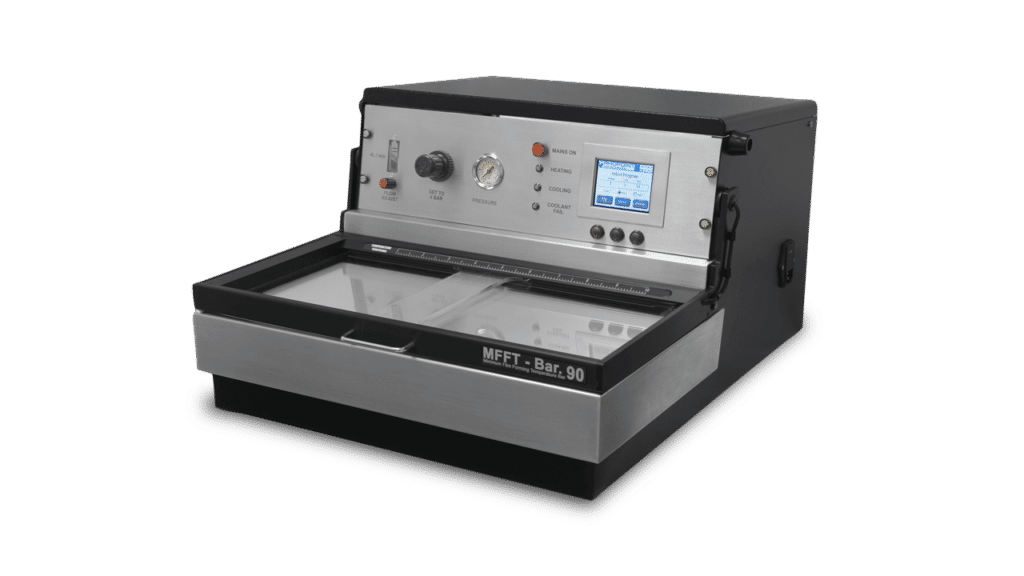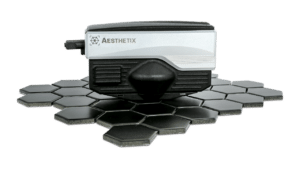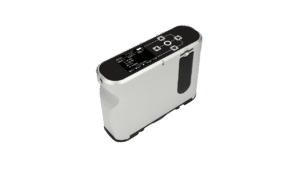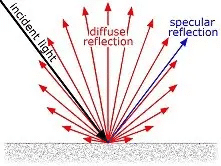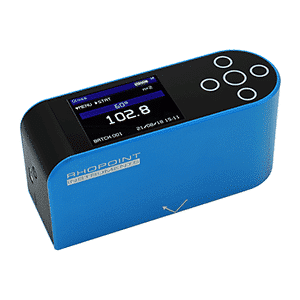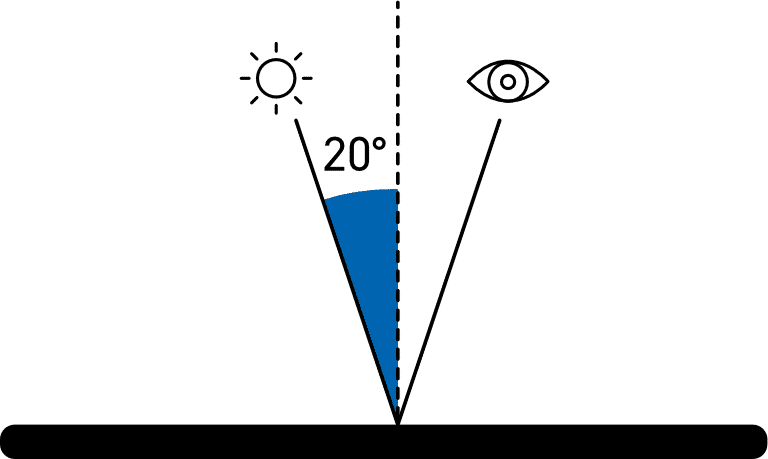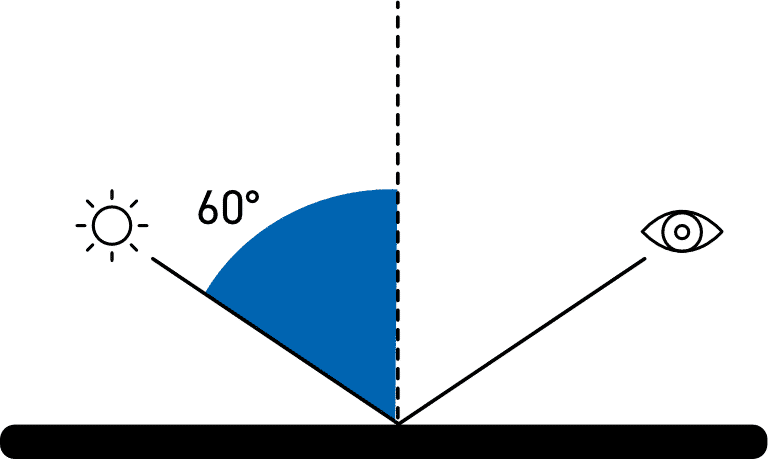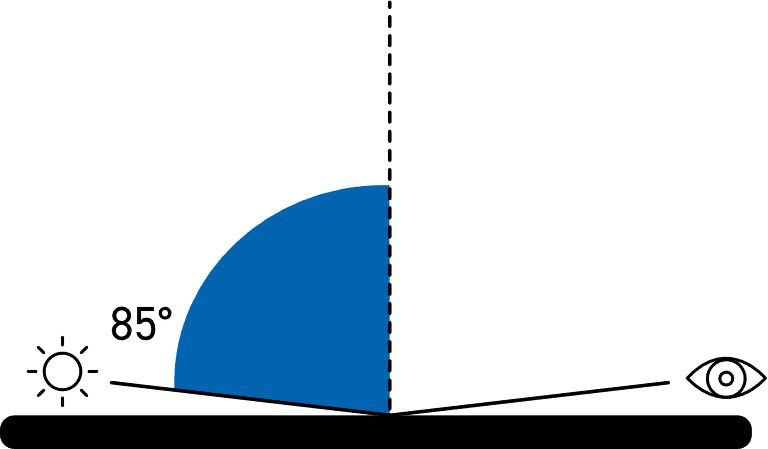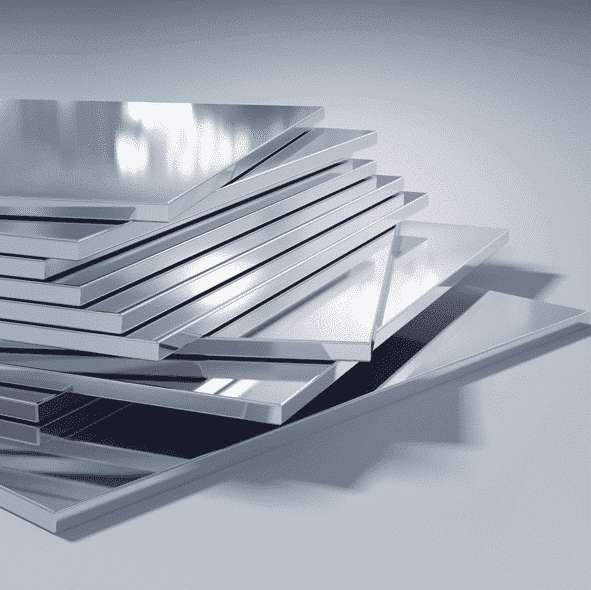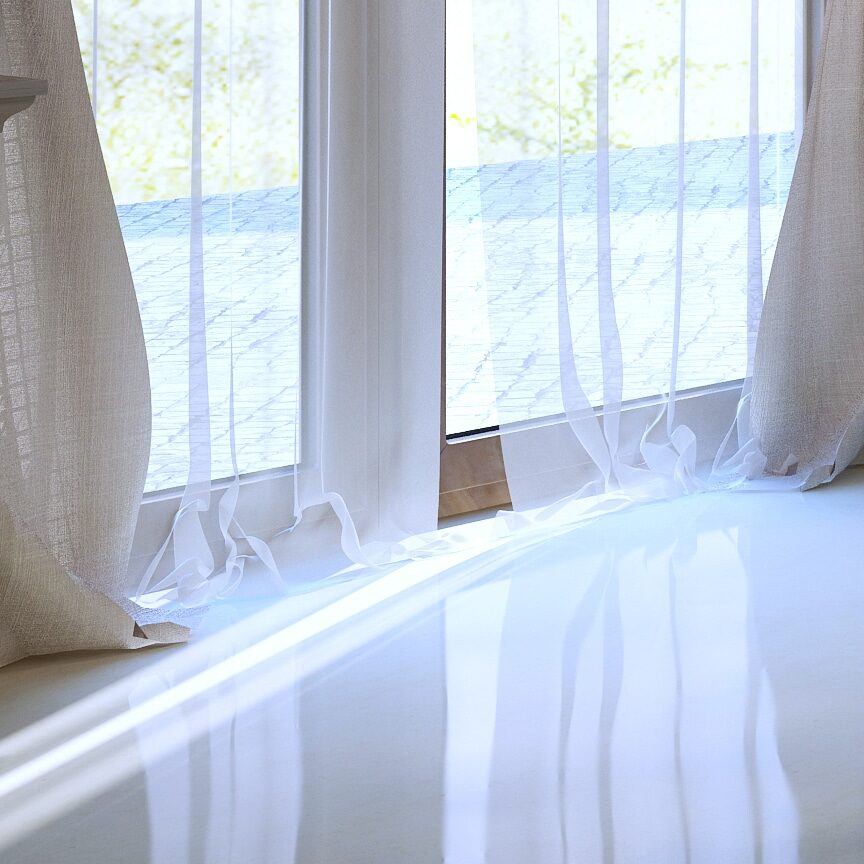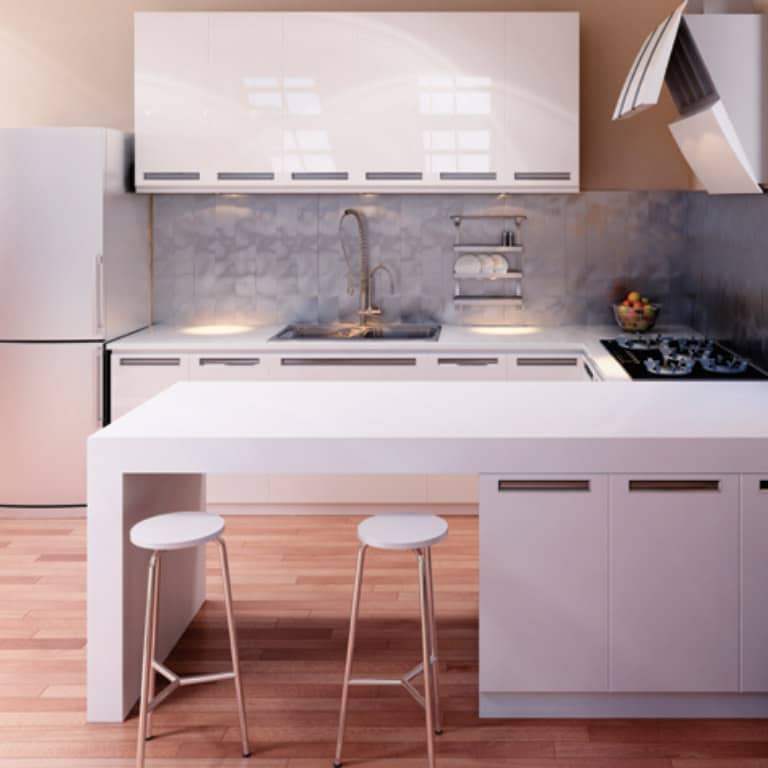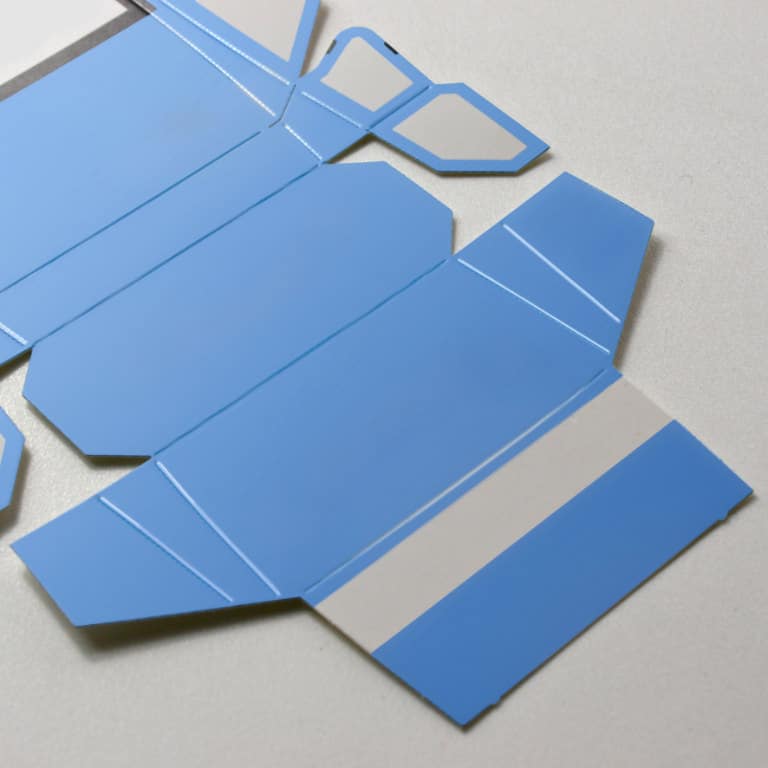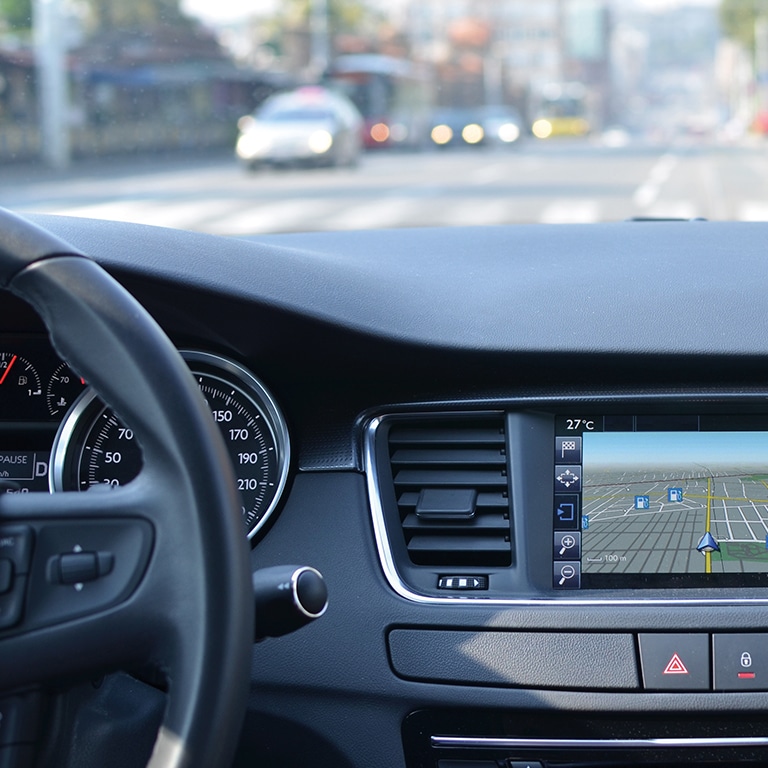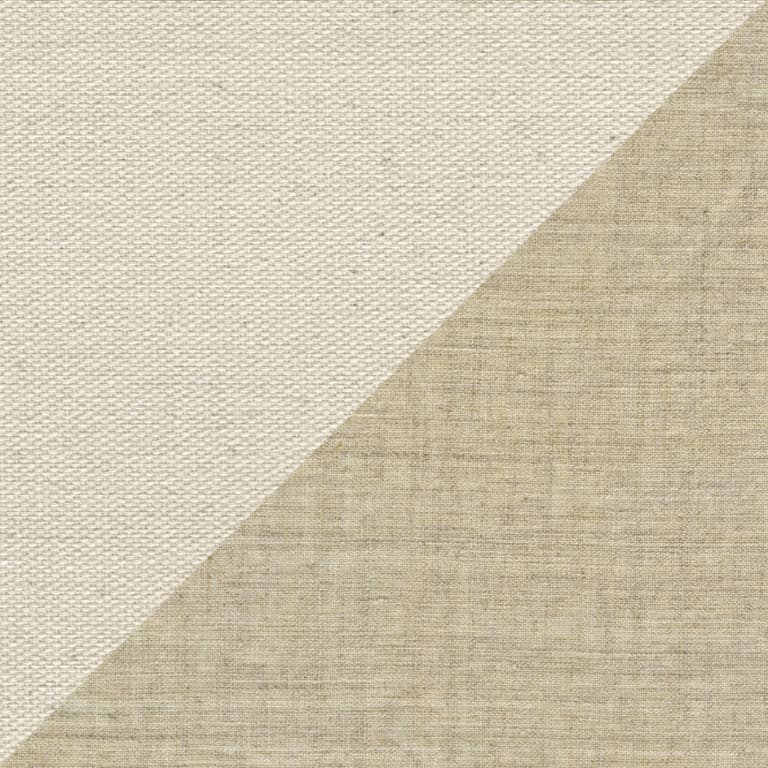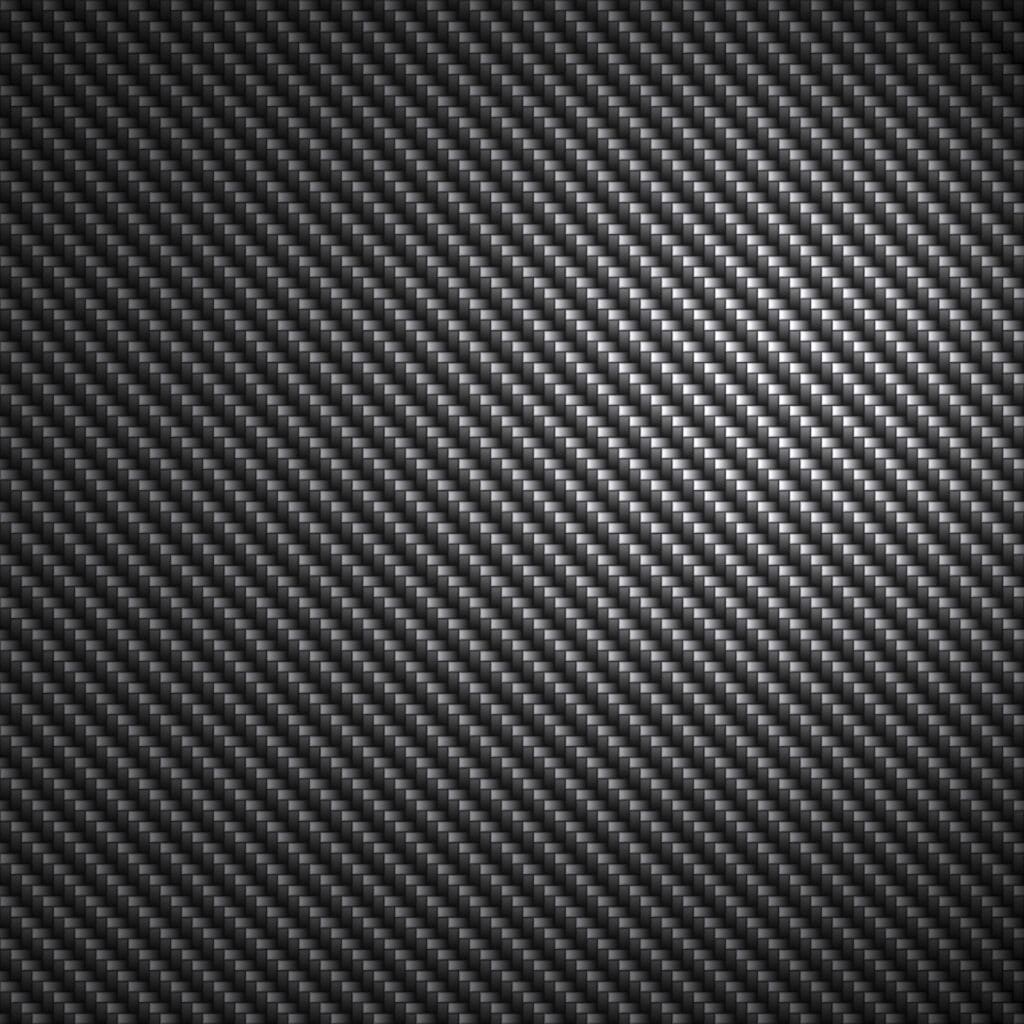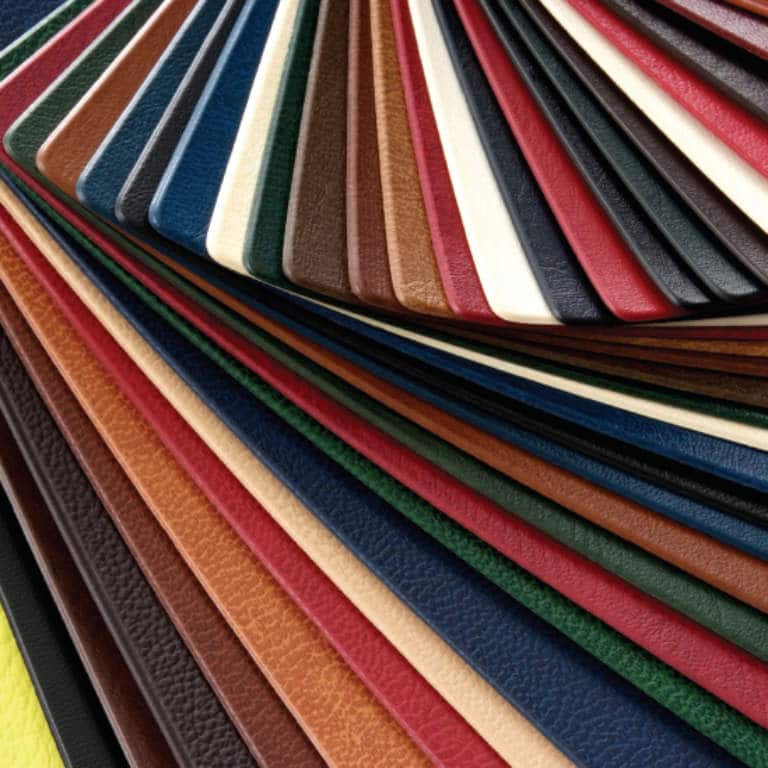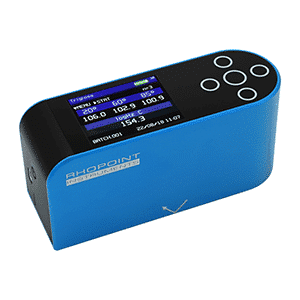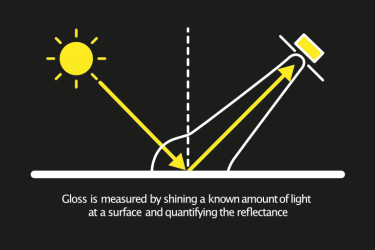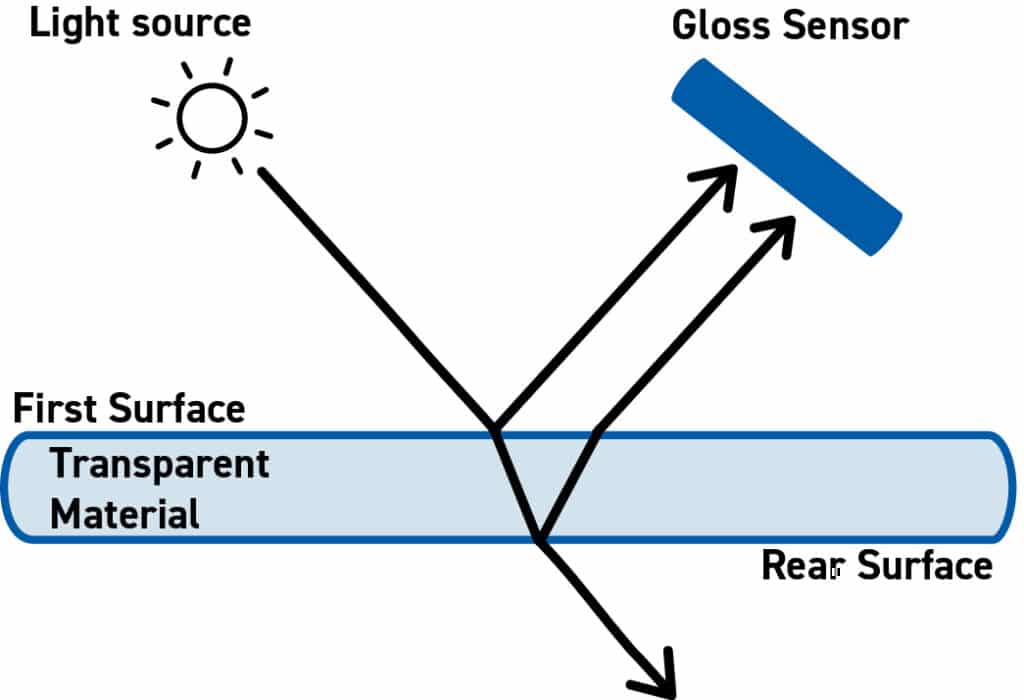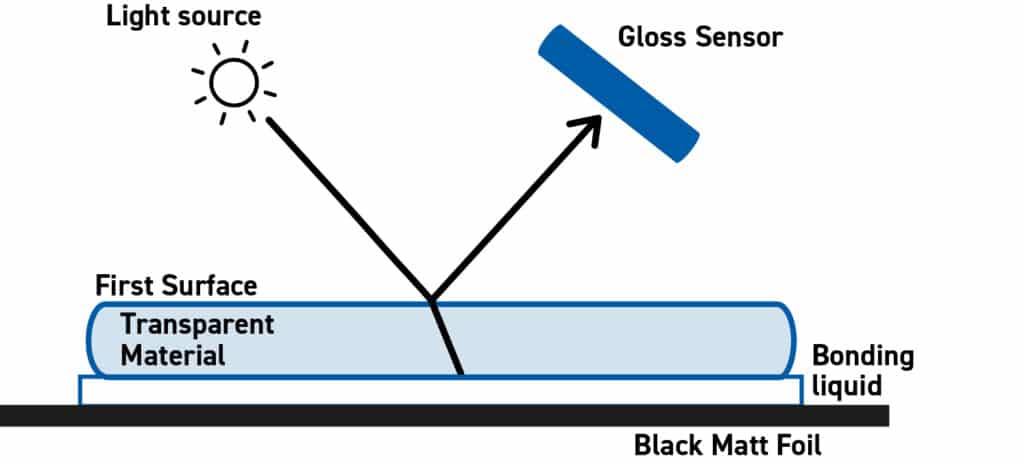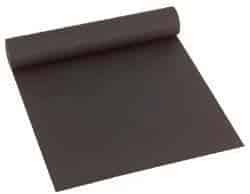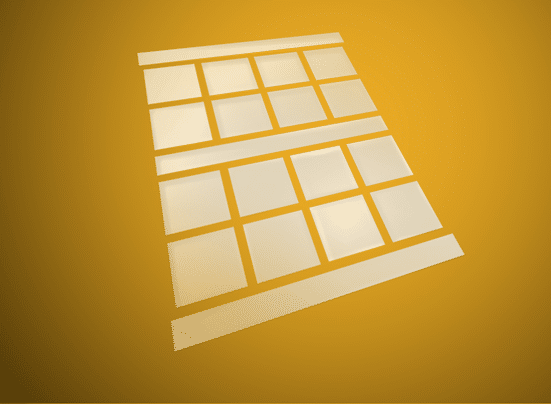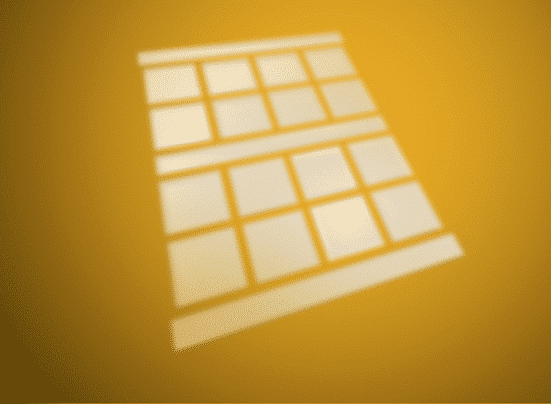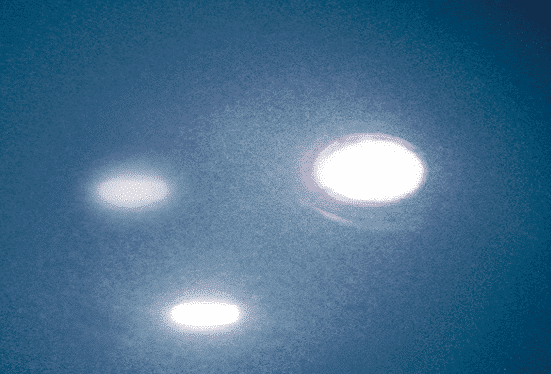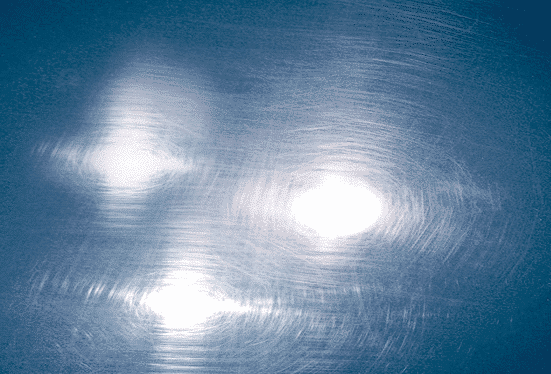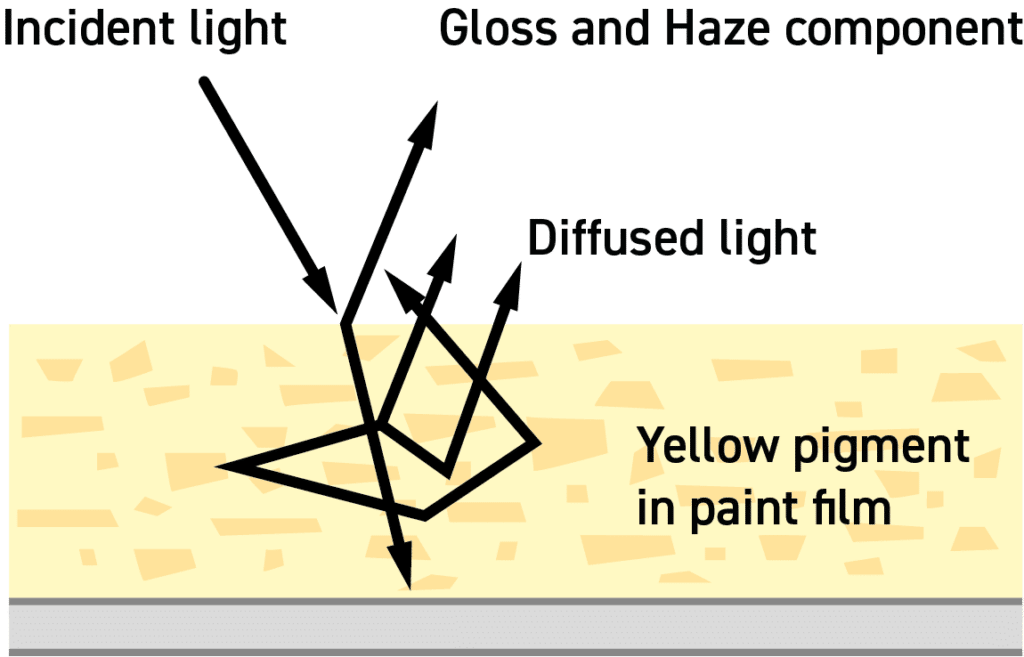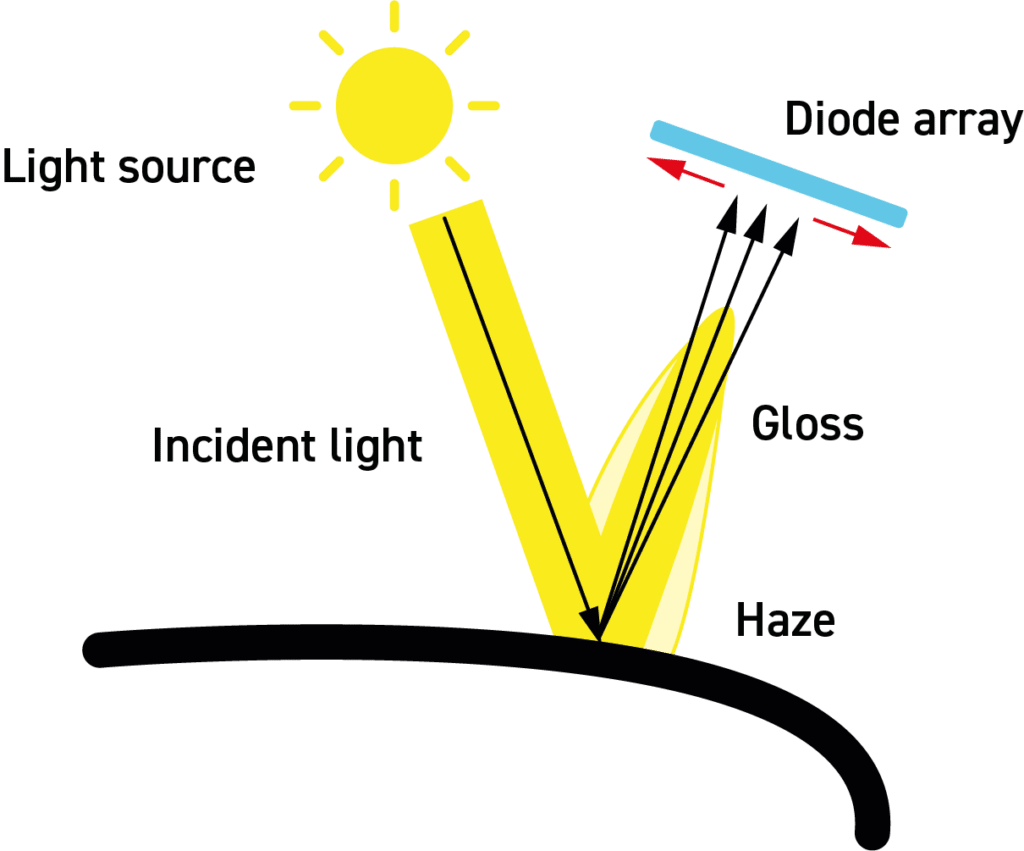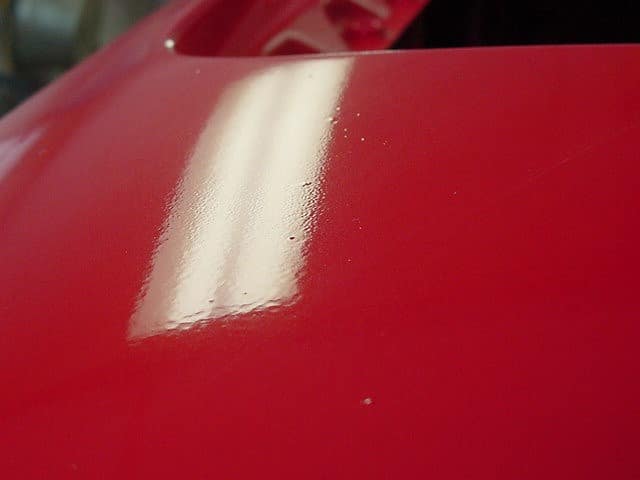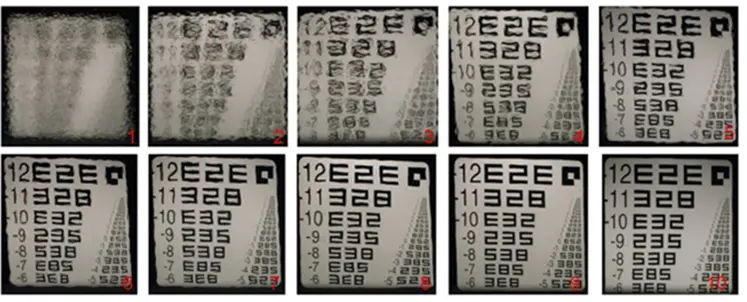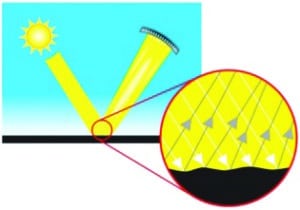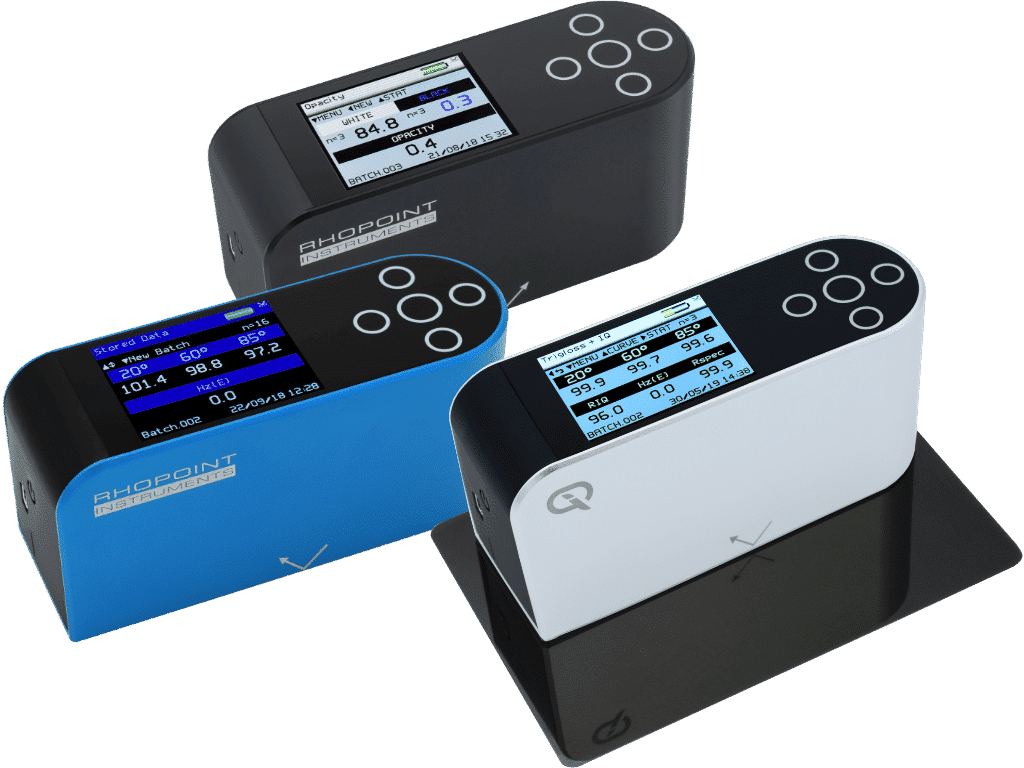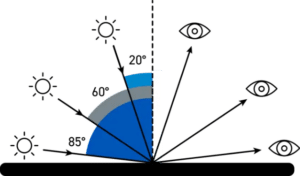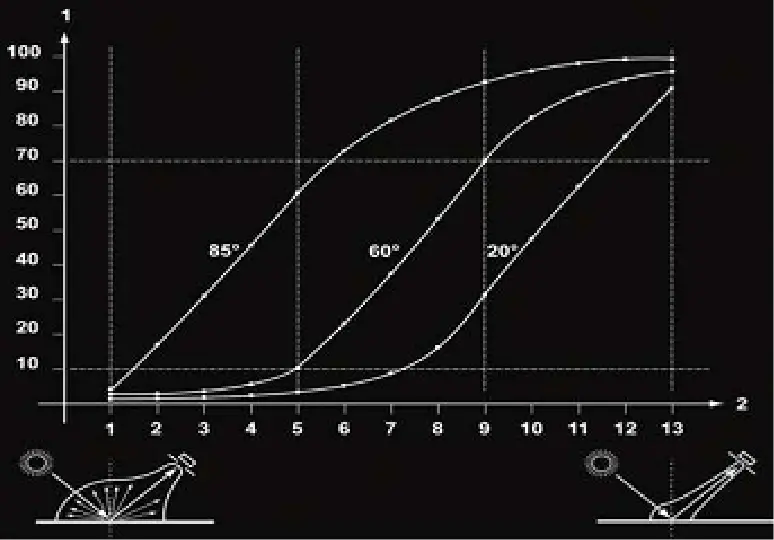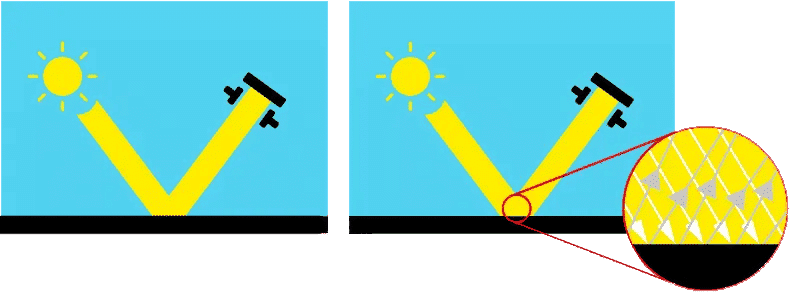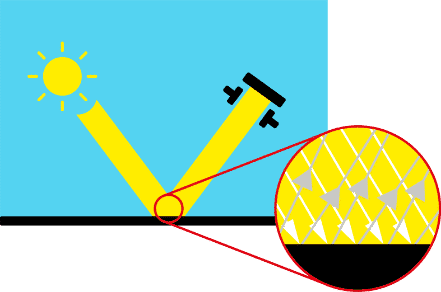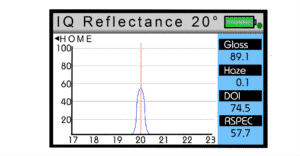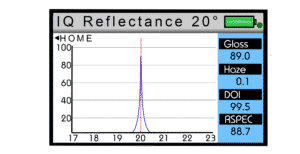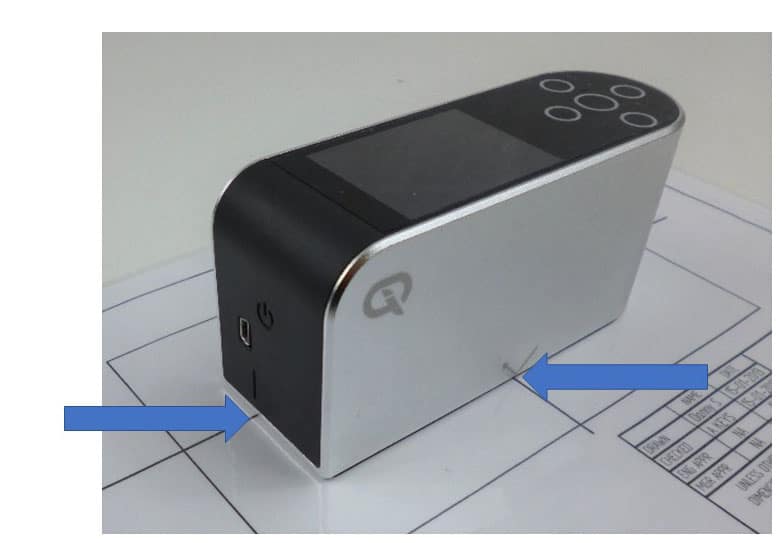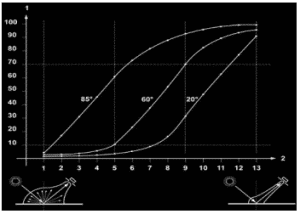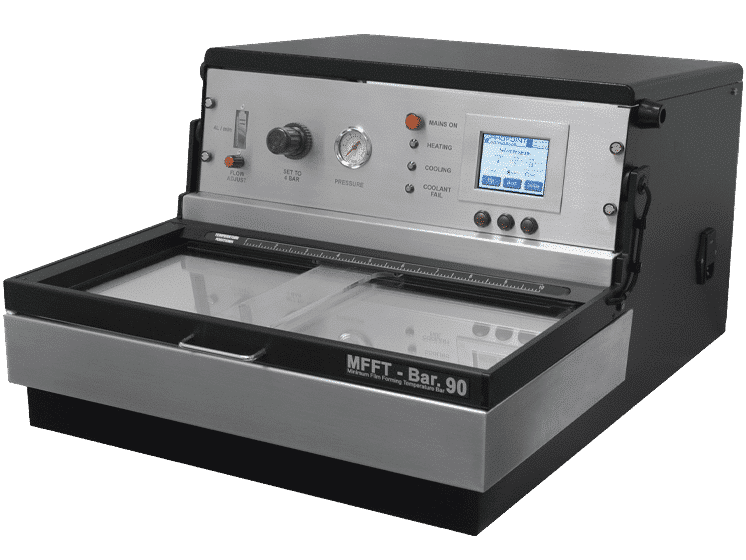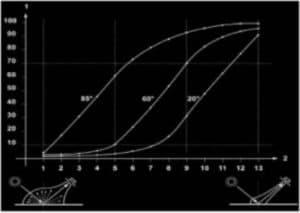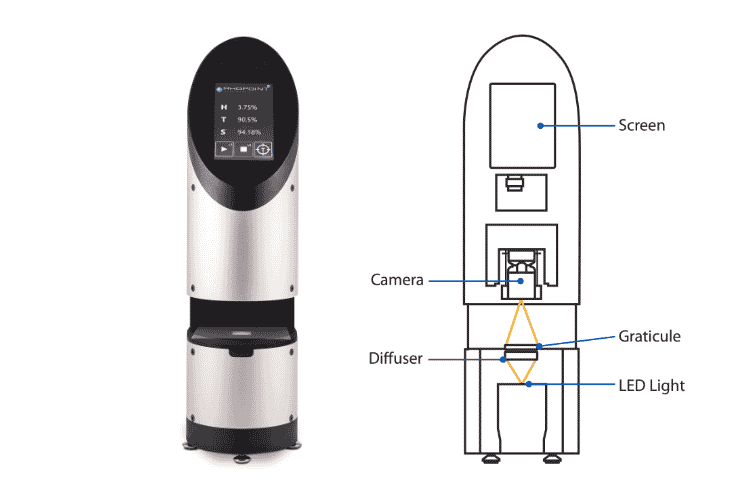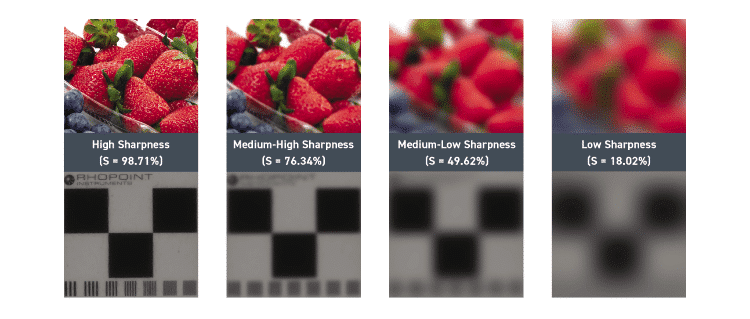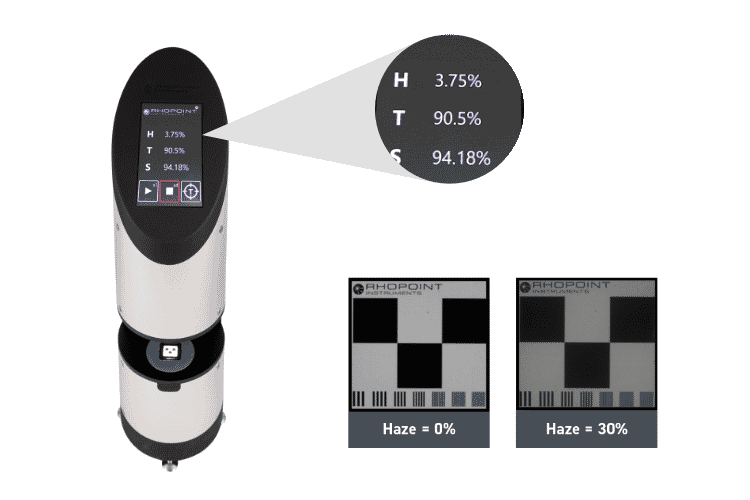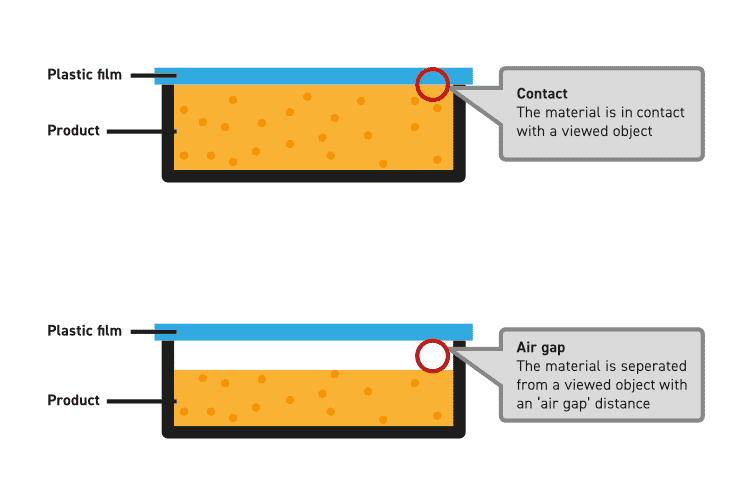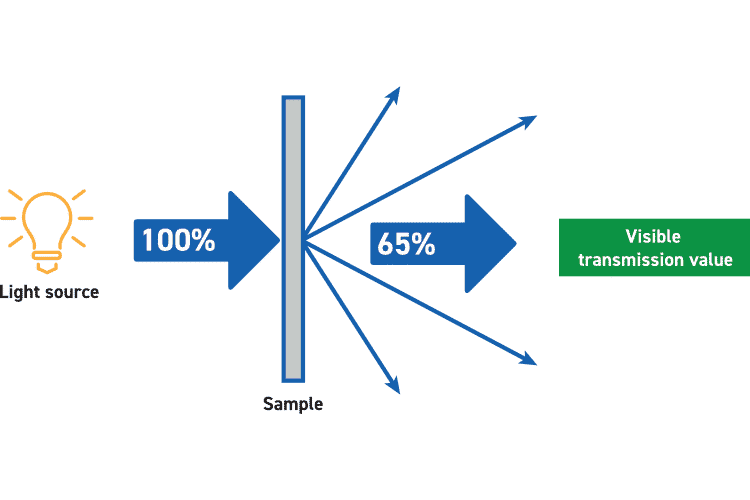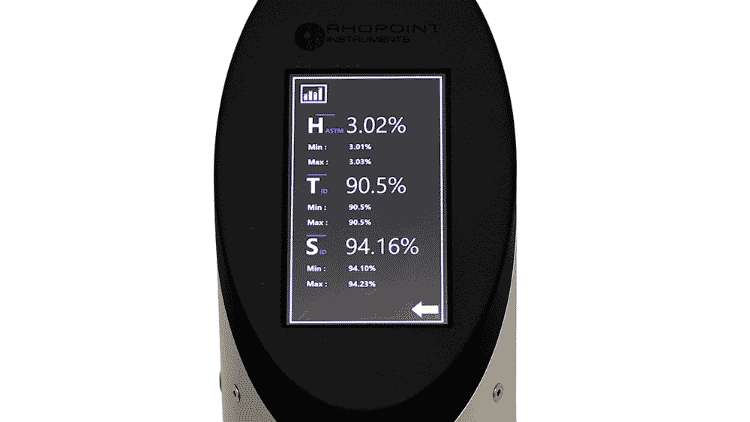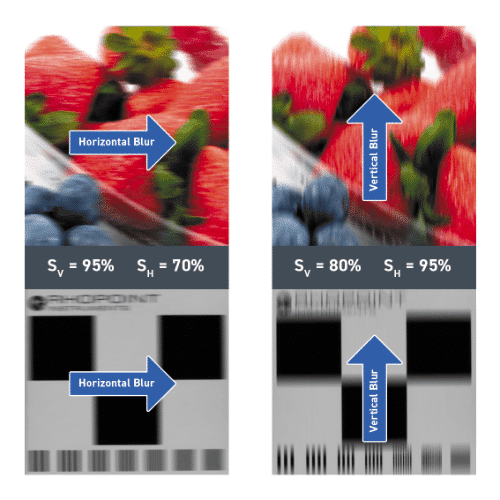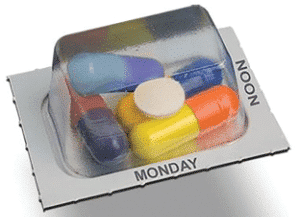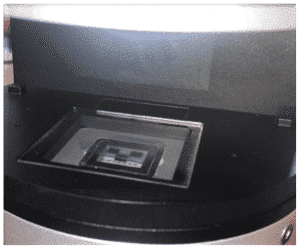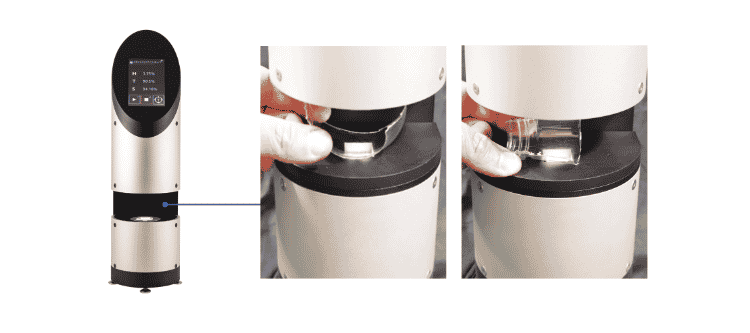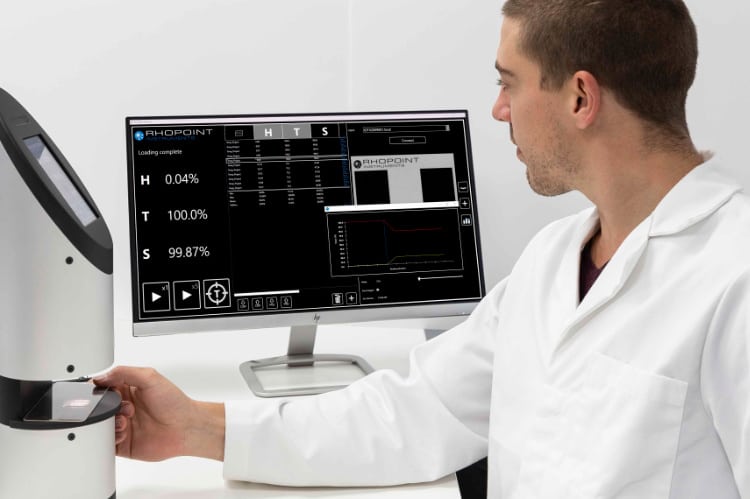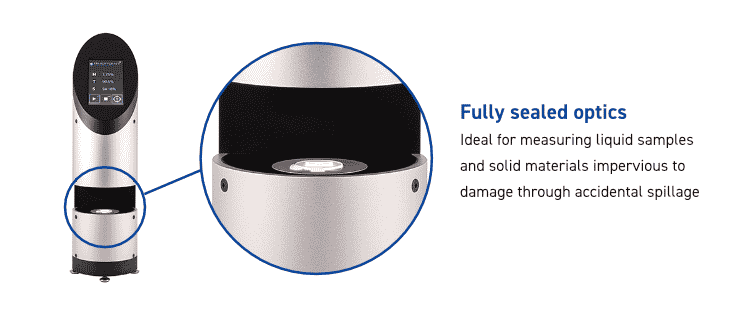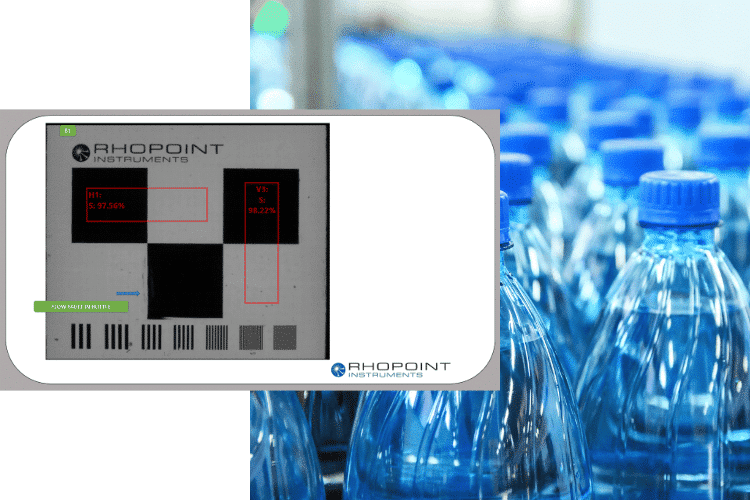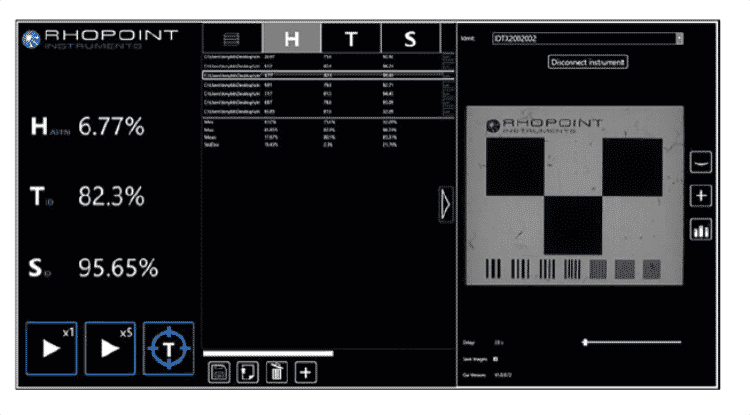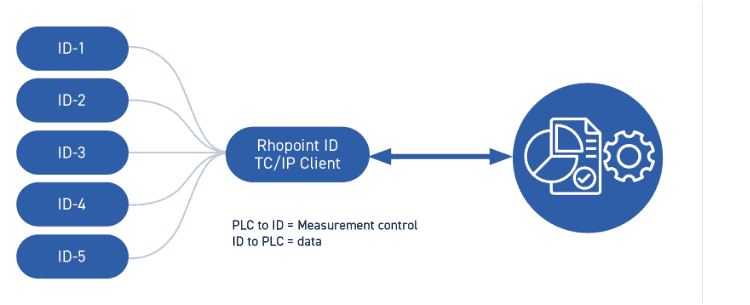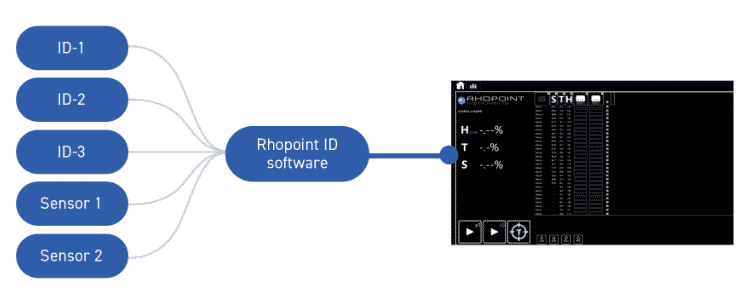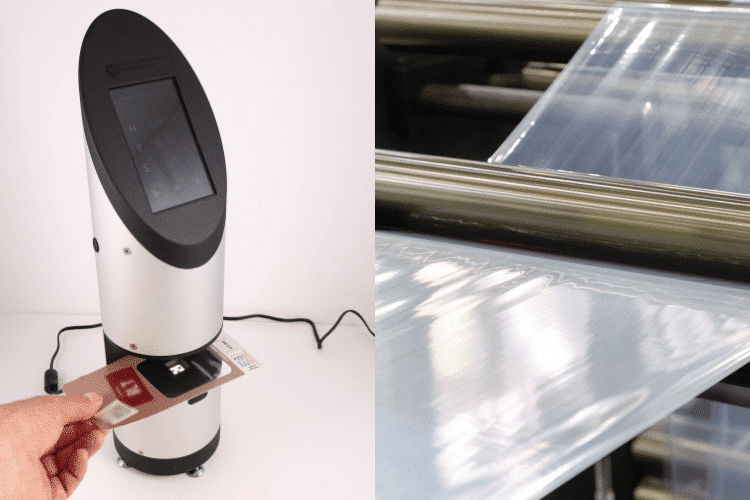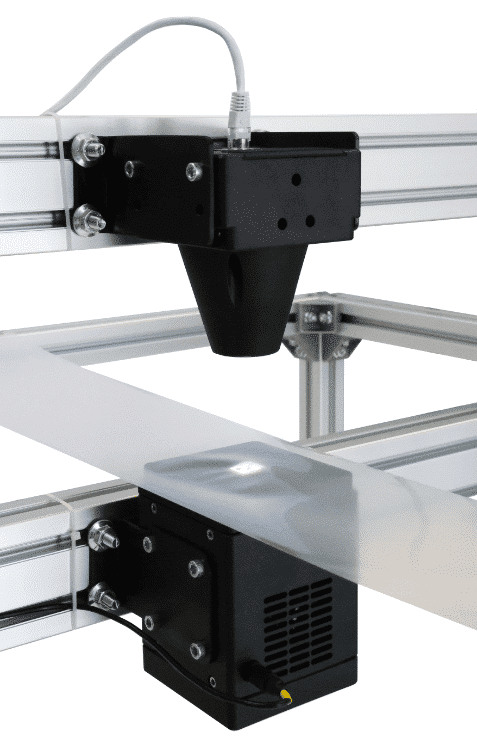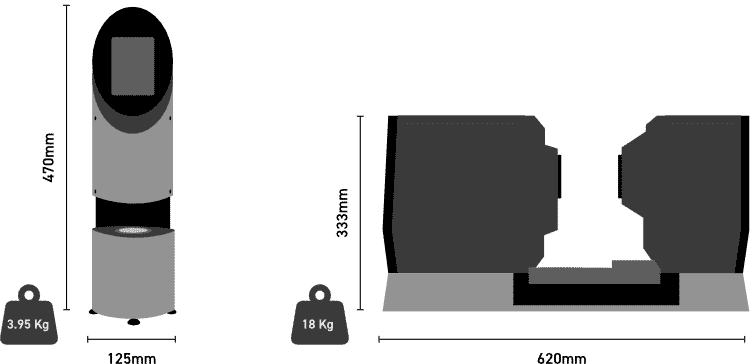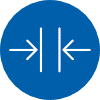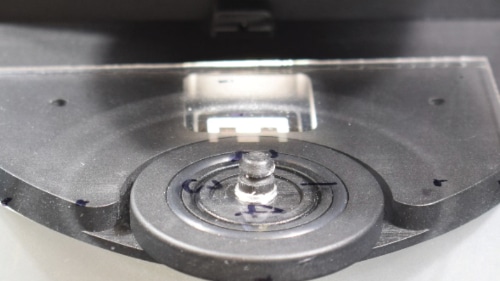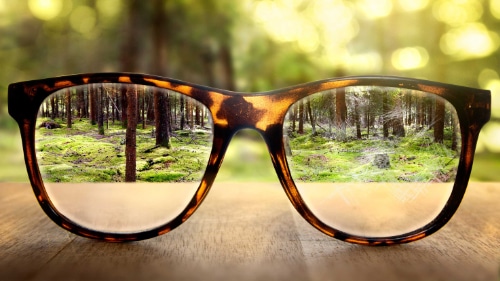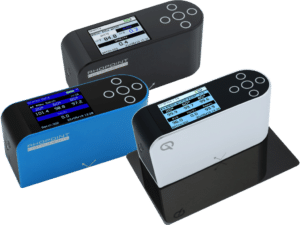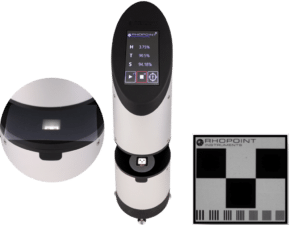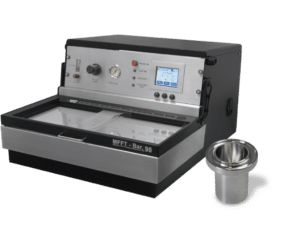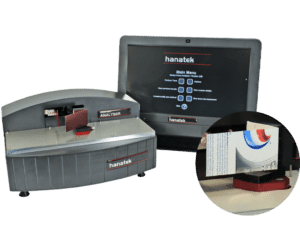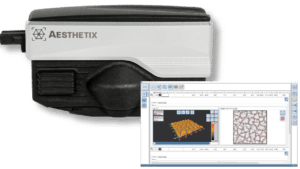How do I measure the visual appearance of high gloss, dark premium finishes?
The Challenge of High-Gloss, Dark and Premium Surfaces
Highly polished, dark-toned, high-gloss finishes are particularly prone to exhibiting visible surface imperfections. These subtle visual anomalies can result in prolonged internal discussions, rework, or even customer dissatisfaction. Worse still, such effects are often difficult to document or quantify using conventional tools, and when they go unmeasured, brand reputation can be affected. Translating these visual effects into data that stakeholders can interpret takes time, particularly when working with multiple datasets or curve-based outputs.
Explaining the technical meaning behind profiles and values becomes a barrier to action. Time spent interpreting data could be better spent on refining the product itself. After all, a well-captured image can communicate surface appearance far more effectively than a spreadsheet ever could.Highly polished, dark-toned, high-gloss finishes are particularly prone to exhibiting visible surface imperfections. These subtle visual anomalies can result in prolonged internal discussions, rework, or even customer dissatisfaction. Worse still, such effects are often difficult to document or quantify using conventional tools, and when they go unmeasured, brand reputation can be affected.
Rhopoint Aesthetix: Visual Surface Analysis, Reimagined
The Rhopoint Aesthetix is a camera-based appearance measurement system, designed specifically to meet the needs of premium surface analysis. It captures an actual image of the surface reflection, using advanced HDR (High Dynamic Range) imaging technology to record and quantify all visible features in a single measurement, including effects that traditional instruments cannot detect.
Aesthetix analyses not only gloss levels, but also waviness, micro-texture, orange peel, sparkle, graininess, and variation in surface uniformity, delivering both numerical values and high-resolution images that match what the human eye perceives. These results are presented in a clear and visual format, making it easy for cross-functional teams, from engineering and quality assurance to marketing and design, to align on surface quality expectations.
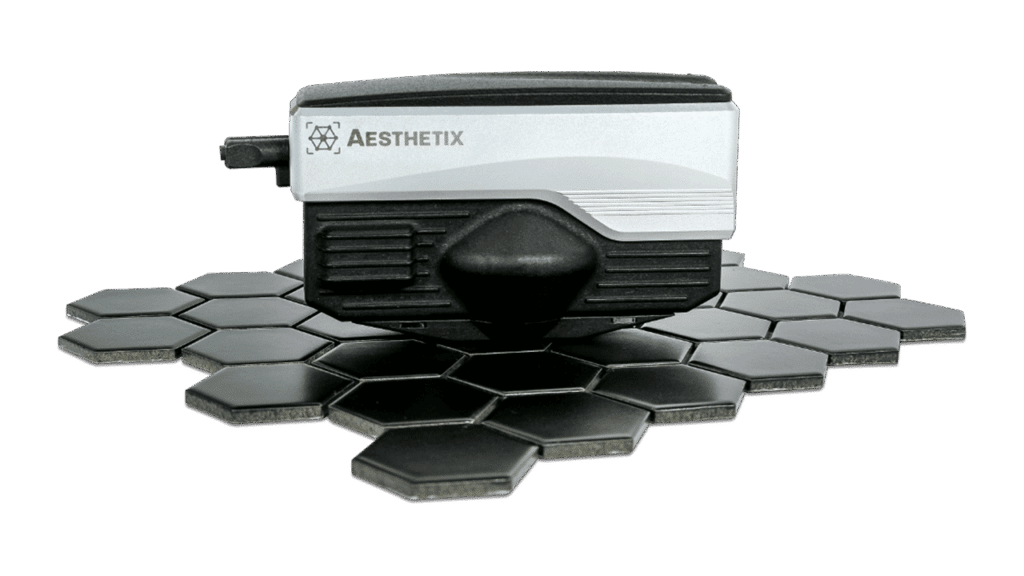
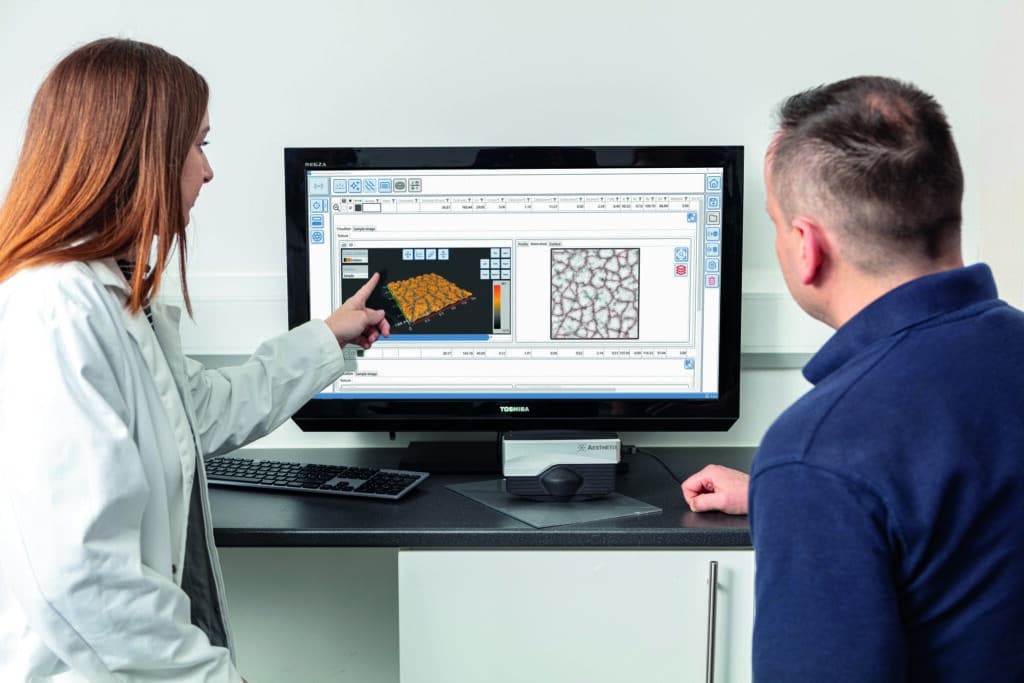
The system’s intuitive software interface allows users to compare samples side by side, overlay visual metrics, and apply user-defined thresholds for surface characteristics. The result is a faster, more informed decision-making process, without the need for interpretation of complex graphs or data tables.
By consolidating the functions of several traditional measurement instruments into a single, integrated solution, Aesthetix reduces complexity while increasing consistency. Whether assessing a polished speaker housing, high-gloss display panel, or luxury automotive interior component, Aesthetix ensures that what the customer sees can finally be measured, evaluated, and communicated with complete clarity.
For manufacturers working at the cutting edge of surface design, Rhopoint Aesthetix transforms reflection into measurable insight, helping to protect brand identity, reduce costly rework, and elevate product appearance to the highest standard.

